Export of jewellery with gold content beyond 22 carats banned
Tue 15 Aug 2017, 16:25:58
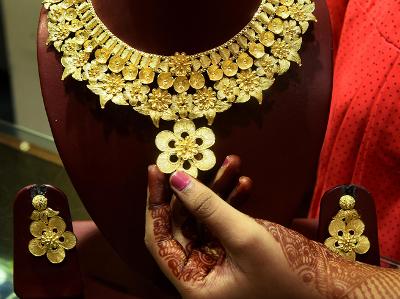
In a move that has evinced mixed responses from the domestic jewellery manufacturing industry, export of gold ornaments, medallions or any other articles beyond 22 carat purity has been banned.
In a notification issued Monday evening, the Directorate General of Foreign Trade (DGFT), said, "The Foreign Trade Policy 2015-20 has been amended to allow the export of gold jewellery (plain or studded) and articles containing gold of eight carats and above, up to a maximum limit of 22 carats only from domestic tariff area and export oriented units (EOU) or any such privileged
facilities."
This means export of jewellery or medallions with gold content beyond 22 carats has been banned with immediate effect. The government's decision, however, has received mix responses, with one group of jewellers seeing it as a major blow, and another saying it would have a 'negligible' impact, since the demand for pure gold jewellery is minuscule globally.
"We had written to the Ministry of Finance about eight months ago, highlighting the round tripping of gold coin and medallion imports and their subsequent export after a minimal value additions. There is hardly any room for value addition in 23- and 24-carat gold jewellery and medallions through imported gold coins. Hence, the government's current decision would restrict round tripping of gold which many jewellers were engaged in," said Surendra Mehta, National Secretary, India Bullion and Jewellers Association (IBJA), the premier industry body representing over lakhs of jewellers and bullion dealers across the country.
According to an industry estimate, India exports around 170 tonnes of jewellery and medallions made of, or studded with, gold. Ornaments made of
24-carat gold contribute nearly 15 per cent of this. Many jewellers were importing gold coins in the pure form and shipping out of India after converting them into jewellery with minor value addition.
24-carat gold contribute nearly 15 per cent of this. Many jewellers were importing gold coins in the pure form and shipping out of India after converting them into jewellery with minor value addition.
Rajesh Mehta, managing director of Rajesh Exports, one of India's largest gold jewellery manufacturers and exporters, says "There is a need to ban import of gold at 'nil' duty under the free trade agreement (FTA) from South Korea. Instead of banning import, the government has banned exports of pure gold jewellery and medallions. This will certainly reduce foreign exchange earnings and employment generation at the jewellery fabrication level."
Indian bullion dealers have imported over two tonnes of gold jewellery and medallions at 'nil' import duty from South Korea, trade sources said.
Thy added that that Indian jewellers were exporting pure gold jewellery all around the world primarily to Dubai, China, Italy, the United States and the European Union.
A senior official with the apex export promotion body under the Ministry of Commerce, Gems and Jewellery Export Promotion Council (GJEPC), said, "The government's decision to ban exports of gold jewellery and medallions would have no impact on India's gold jewellery exports, as there is low demand for such ornaments in global markets."
According to data compiled by GJEPC, India's export of gold medallions and coins rose 2.85 per cent to $5,408.71 million during 2016-17 from $5,258.96 million the previous financial year. In rupee terms, however, India's export of gold medallions and coins reported a surge of 5.31 per cent to Rs 36,243.75 crore for the financial year 2016-17 from Rs 34,417.25 crore the previous financial year.
No Comments For This Post, Be first to write a Comment.
Most viewed from Business
AIMIM News
Latest Urdu News
Most Viewed
May 26, 2020
Where should be the burial of the pilgrims martyred in the Saudi Arabia bus accident?
Latest Videos View All
Like Us
Home
About Us
Advertise With Us
All Polls
Epaper Archives
Privacy Policy
Contact Us
Download Etemaad App
© 2025 Etemaad Daily News, All Rights Reserved.


.jpg)
.jpg)
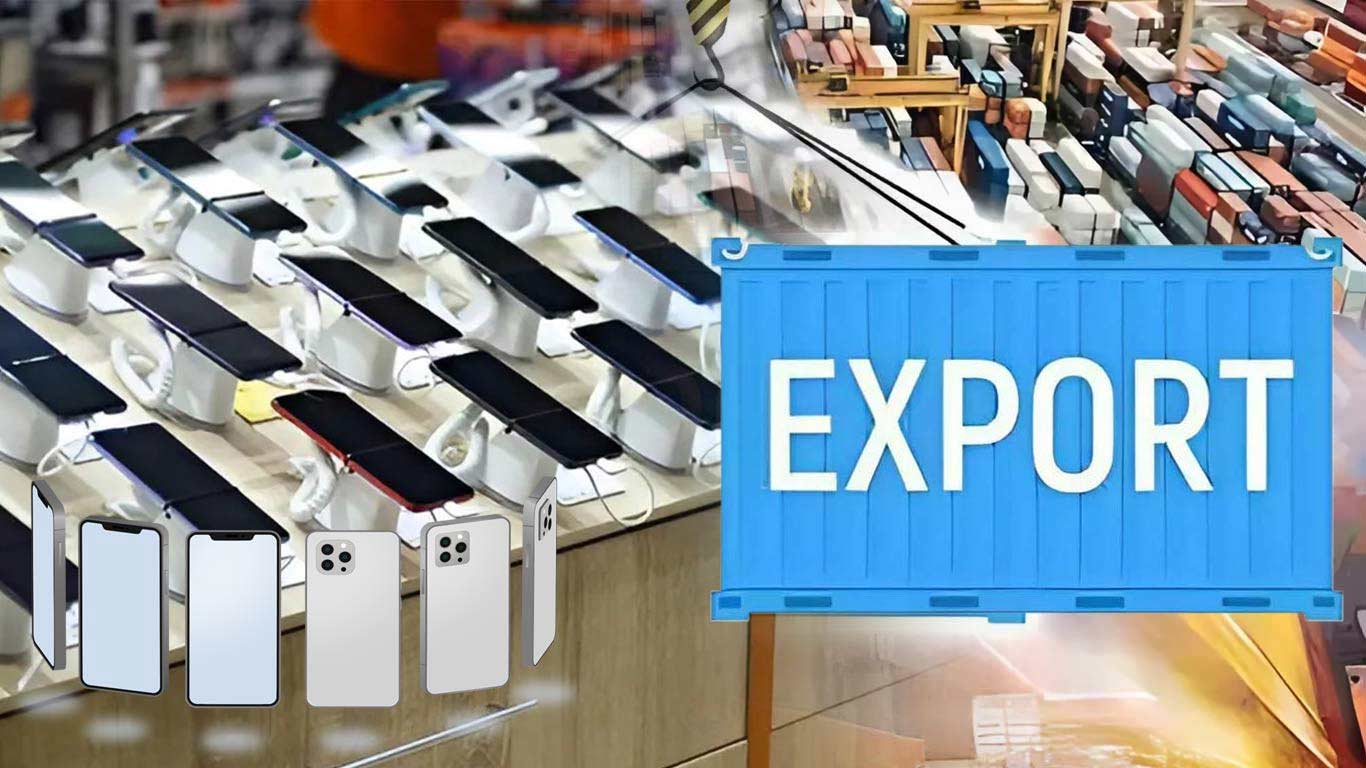

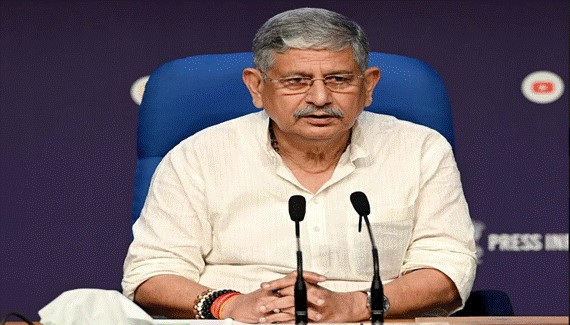

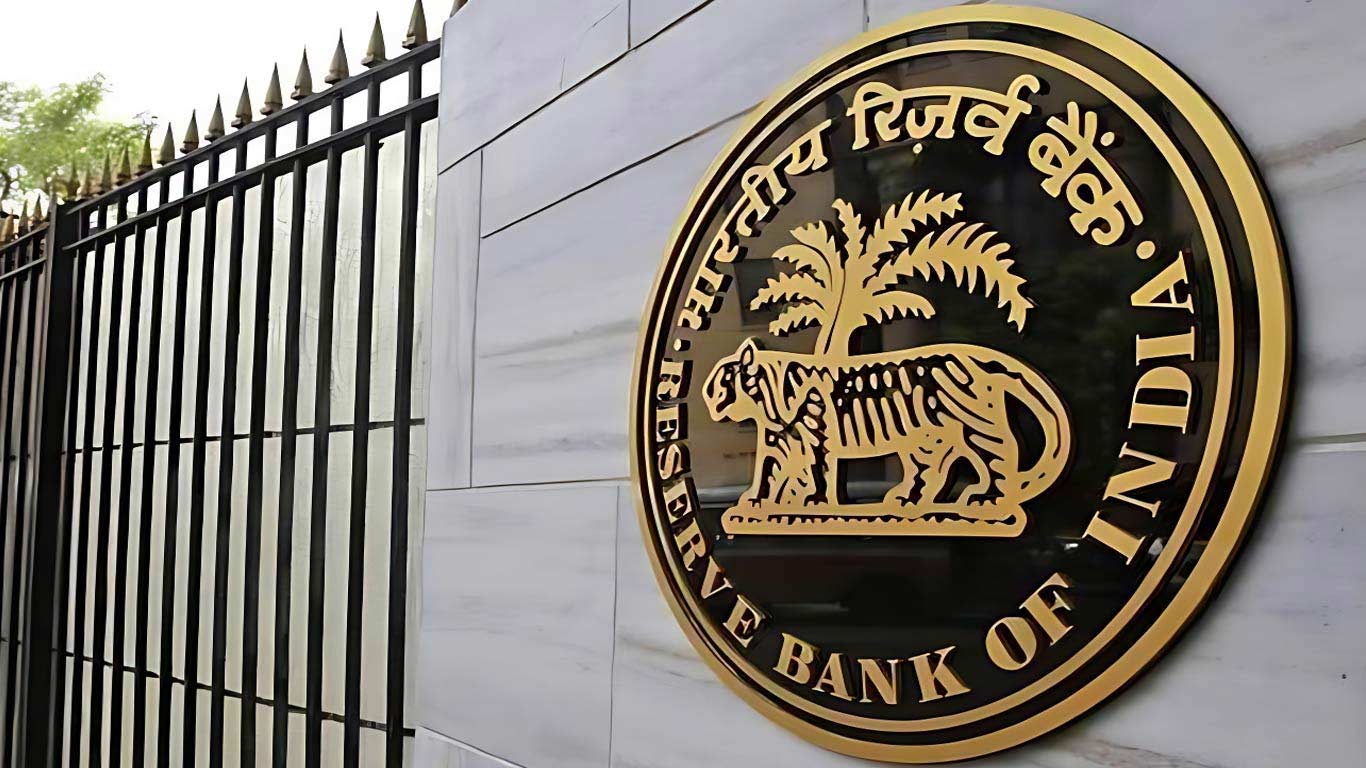
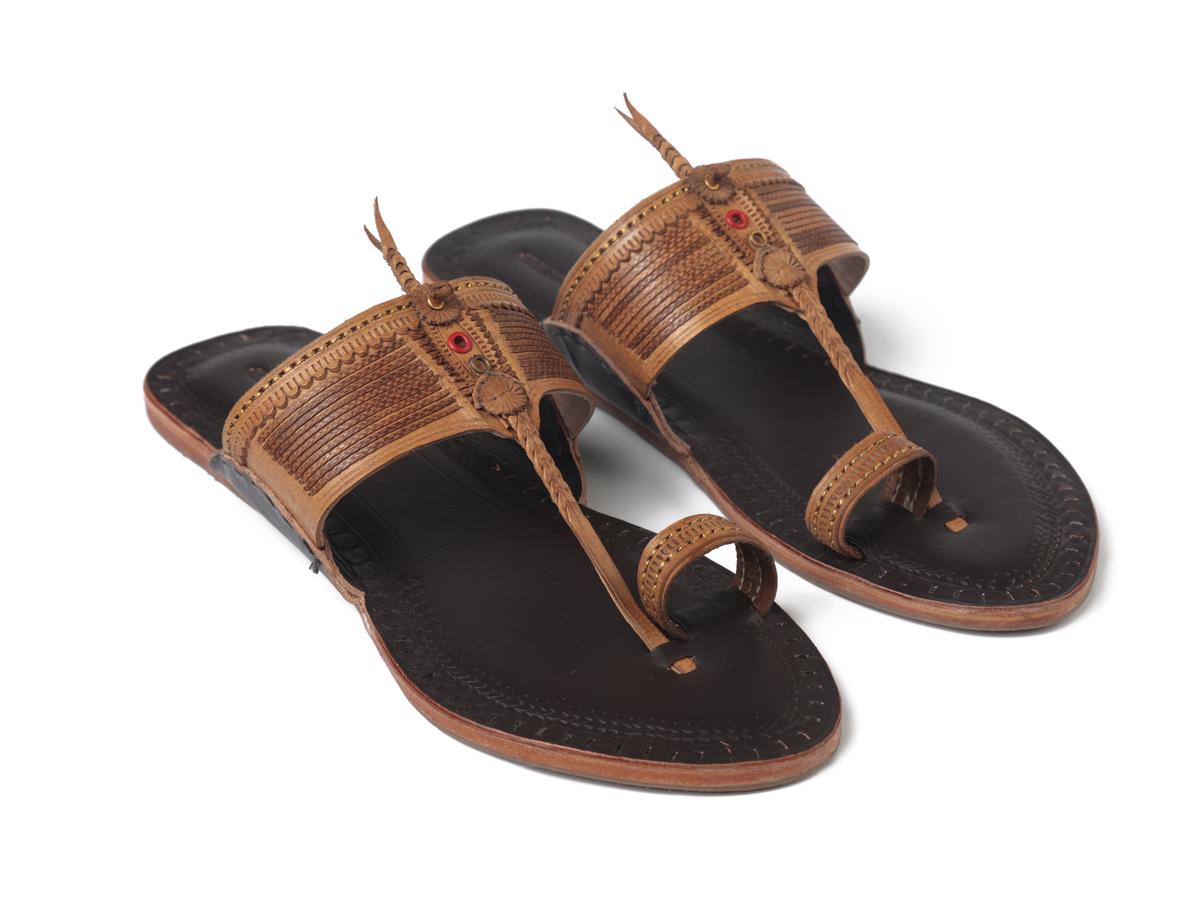


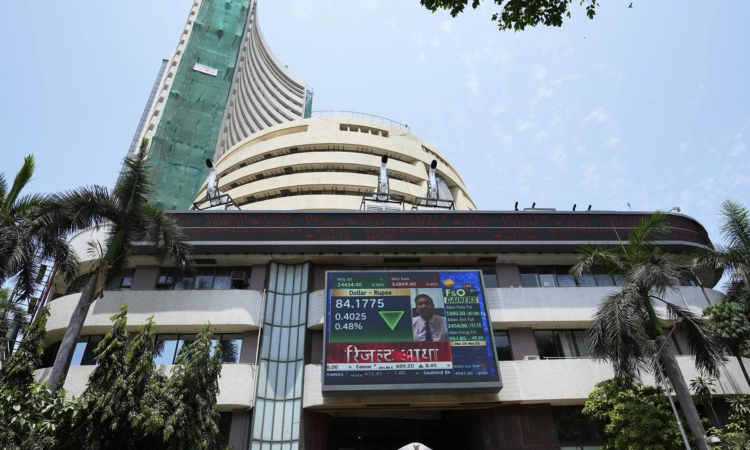












.jpg)
.jpg)
.jpg)


